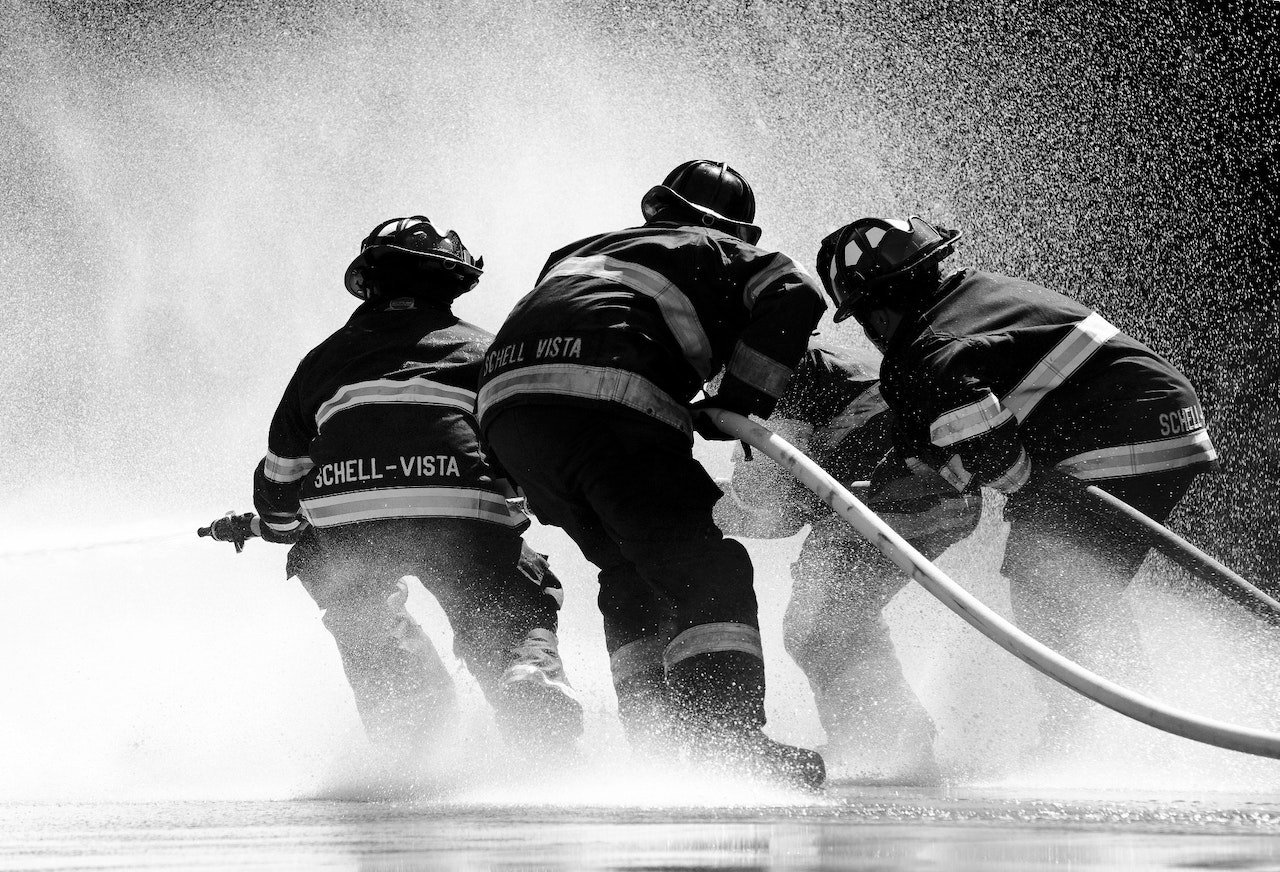Thinking Differently is A Superpower
Post by: Will Perkins, Image by: Rahul Pandit
Will Perkins shares his ADHD diagnosis and how he leverages his three-dimensional thinking.
I have been blessed to have a winding road of a career to get me to where I am today. Curiosity and the desire to learn more drove me to data analytics because it was a puzzle I could hyperfocus on and everything “just made sense”. After being diagnosed with adult ADHD in 2021 and going through treatment, I learned my brain truly works differently than neurotypical (“normal”) brains. The superpower I bring to the table is three-dimensional thinking, or in scientific terms, spatial visualization. While I can’t teach others how to rewire their brain, my goal is to train different approaches to problem solving in the data analytics and visualization space. These are the three core competencies that mesh beyond just building a new product, but also how we learn new skills.
Confidence and Comfortability

Be 100% confident in knowing what you don't know.
Photo by Pixabay
The first step is building the mindset of being confident and comfortable. This isn’t a “fake it until you make it” thought but approaching the problem from a state of humility.
Be 100% confident in the things that you know and what you bring to the table. Be 100% confident in knowing what you don’t know. Be comfortable in knowing the difference. In our lives, we meet a lot of knowledgeable people who know a lot about a lot, and we will never know everything. That’s ok. Provide insights, help others, and ask questions.
Collaboration and Learning

Everyone should consider themselves peers....
As you build your confidence and comfort, the collaboration and learning will become second nature. Since you are confident in what you do and do not know, you understand you can’t solve all the problems alone and you bring in help. Through collaboration of asking questions and leaning into the process, everyone will learn more and raise their skills.
Everyone should consider themselves peers sitting at equal seats at the table. As you talk about problems and directions, asking questions like “Why?”, “… So what? ”, or “Who cares about…?” can often lead to deeper understandings. As a father of young children, I equate it to sounding like a toddler but you might have heard of this exercise as the five whys. The deeper you go, the more everyone learns.
Challenge Status Quo

Collaboration and learning will become second nature.
As you are learning and collaborating more, you will start to see there are different approaches to solutions or possible reasons for problems. What started out as a single item, might have flourished into a complex issue. So, let’s fix it!
Referencing my favorite misattributed Henry Ford quote, “If I had asked people what they wanted, they would’ve said faster horses.” Just because the words might have been faster horses, the sentiment is a faster mode of transportation. People communicate in ways that they know. Finance communicates in rows and columns, data architects in schemas, business users in PowerPoint, and so on. Just because we’ve always done something one way, doesn’t mean it has to be that way forever. What’s the harm in trying something new or different, yet still effective?
With these competencies, I have been able to build a strong brand of solutions, meaningful relationships, and expand my understanding of how to do my job better, while remembering to humanize the other parts of the process. My hope is that you’re able to take away some gems from this, make them your own, and apply them to your daily life.



